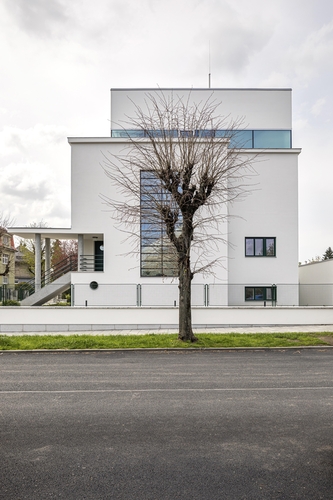
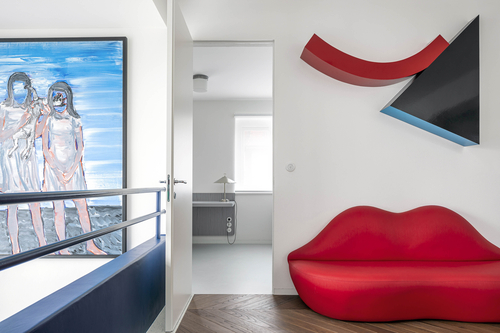
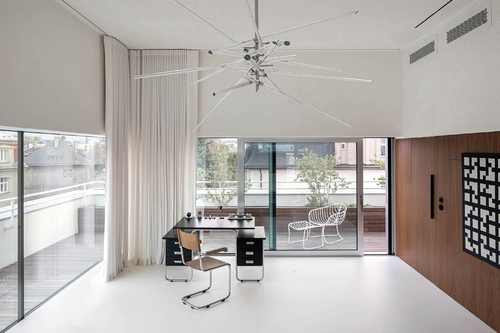
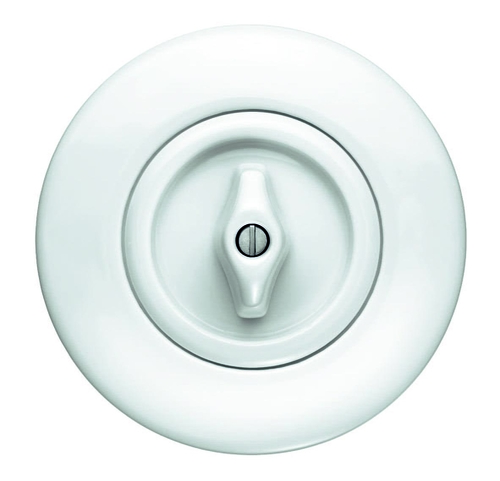
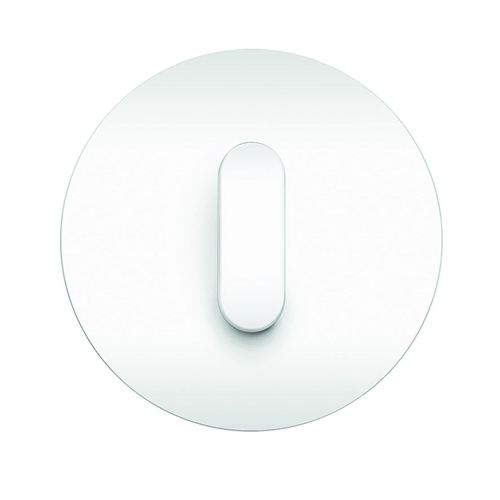
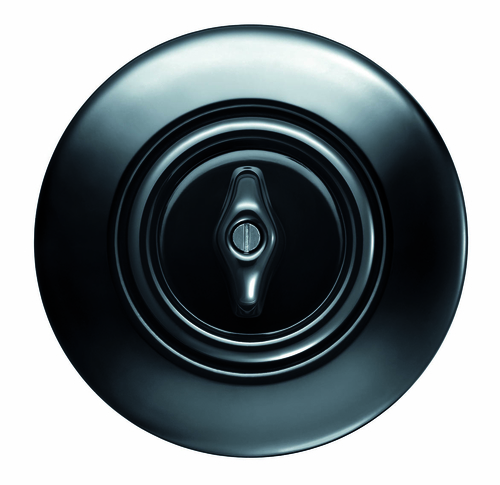
This architectural gem from 1933, which according to some sources may have come from the pen of Bohuslav Fuchs himself, found its rescuers in the form of conscious new owners literally in 5 minutes to 12. They decided to carry out a thorough reconstruction that would reflect the highest standards of modern living for a large family of eight, but would also respect the original atmosphere of the 1930s. The house has therefore undergone a major renovation that is so inspiring and successful that it has reached the finals of the prestigious Architects' Grand Prix - National Architecture Award 2022.
The building has already had one renovation - but in the 1990s it did more harm than good and completely stripped the villa of its functionalist identity. The layout of the house was fundamentally changed, and the construction of a large terrace was a major visual intervention in the original form. The building was insulated and painted a distinctive blue colour. The recent reconstruction, led by the architectural office Studio PAB, on the other hand, has brought the building a cleansing of the insensitive interventions of the 1990s and a return to the original concept of functionalism, but also an enlargement of the entire house to accommodate the size of the family. The oversized terrace was removed and replaced with a more subtle one. The house was enlarged by the addition of one floor. The new extension is visually separated from the lower part by a continuous glass strip, and the colours of the extension are unified with the house. All the structures of the original house were rebuilt with solid brick. The garage has also been changed. The original level garage with fencing was removed and newly moved to the level of the house. The mass of the garage is terraced back to give the least amount of bulk in the garden. All the terrace levels are provided with a green roof and thus relate naturally to the landscaping of the garden. The garage is connected to the main house by a glass neck and hides behind it the wellness area with pool and sauna as well as the necessary home technology. The work on the villa continues at the present time, with the cellar being converted into a wine cellar.
If the exterior of the villa after renovation brings a smile to your lips, then you will be delighted with its interior. Jana Trundová from the MIMOKOLEKTIV studio is responsible for the perfect fusion of original functionalist elements and contemporary trends and requirements for modern living. "I approached the interior design with respect for functionalism and the applied arts of the 1930s. After all, designing the interior of a house that may have been signed by Bohuslav Fuchs evoked a certain sense of responsibility in me from the beginning. I placed the greatest emphasis on detail and atypical, original production. I was looking for connections between my work and functionalism. I implemented elements of minimalism into the villa and then deliberately disturbed their harmonies, experimenting and creating various surprises," explains the interior designer. The villa features a range of rich colours and bold stone textures. The green colour symbolises the transition of green from the exterior to the interior. Red is the colour of the owner's temperament and generally the colour of the family's warmth, while pink is the favourite colour of the girls. The ground floor of the villa is kept in black and white.
The choice of switches and other controls also fits in with the concept of recreating the atmosphere of functionalism in the interior. The choice fell on the porcelain rotary switches and sockets berker 1930 series and berker R.classic in high-quality white plastic from Hager, to whose portfolio berker switches and sockets belong. Depending on the context, switches in both black and white were selected for the individual interior areas. Although the latest technology and precision workmanship are hidden beneath the retro exterior, it is clear from the name of the 1930 series berker switches that these wiring controls proudly proclaim the legacy of the 1930s. "It's no wonder that the 1930 series berker rotary switches, whether in porcelain or bakelite, were also used in such historical gems as the Tugendhat Villa, the cubist Bauer Villa or the monasteries in Český Krumlov," says Thomas Grund, Managing Director of Hager in the Czech Republic. The berker R.classic switches were chosen for the upper floors of the bathrooms and children's rooms. A more modern way of controlling lighting and electrical devices is made possible by the TS sensors used in the parents' bedroom, also from Hager.
Designer Jana Trundová concludes, "I designed the interior so that everything flows and keeps a unified line across the large scale of the space and the number of floors. Thinking about the functioning of such a large family was a big theme for me and I am glad that the result of the project is also a reflection of the unique synergy of collaboration."
Send e-mail back »


ERA21 vydává ERA Média, s. r. o. |
|
|
Phone: +420 530 500 801 E-mail: redakce@era21.cz |
|
| WEBdesign Kangaroo group, a.s. |